YouTube, Facebook and Twitter have all had a lasting impact on broadcast television and all three platforms continue to make waves (check out our latest blog series to see what I’m talking about). Meanwhile, new content distributers like Hulu and Netflix are stealing viewers from broadcast networks and encouraging cord cutting. But the platform that could, perhaps, have the biggest impact on broadcast television is Snapchat.
Snapchat (currently valued at $12B dollars) started as an app for sending photos, videos and messages to your friends. The caveat is that those messages would only stick around for 10 seconds after opening until they disappeared into the digital ether (but not disappearing from Snapchat’s server farm). Since launching in 2011, Snapchat has expanded by integrating 2 additional features into their app: Discover and Live Story. Discover features ad-drive content from major publishers, like ESPN, Buzzfeed, and Vice, while Live Story allows users to compile snaps into chronological story lines.
Personally, I don’t think Snapchat is going to work its way into broadcast television in the same manner that Twitter and Facebook have. Sure, both social networks are working to create and distribute video content (with Twitter recently buying the rights to Thursday Night Football and Facebook working to expand Facebook Live), but they’re also used as tools to compliment live broadcasts. Twitter and Facebook polls are commonly used in news specials – as are live viewer questions via social media – and hashtags have created a permanent home below the network bug during any live sporting event. I don’t see Snapchat working in the same manner.
What I find most interesting about Snapchat’s Live Story feature is that it’s gone within 24-hours. Not “gone” as in gone from your memory – it’s literally gone… off the platform… never to be seen again. Snapchat is catering to the goldfish attention span of the Millennial generation – a demographic that advertisers and networks are constantly trying to get in front of (probably because we keep getting distracted by new, shiny apps). It’s creating FOMO (fear of missing out). You need to be tuned in to the live story when it happens – otherwise you’ll never see it. Snapchat caters to viewing exclusive, behind-the-scenes content that you can’t get anywhere other than through the app. That’s what makes it so appealing to younger audiences who are so consumed by the fear of missing out on something. In Q4 2015, Snapchat estimated that 86% of its user base is between the ages of 13-34.
So why should broadcasters and advertisers be mindful of Snapchat? Let’s use the 2015 Video Music Awards on MTV as an example. In October 2015, the VMAs were simulcast on 10 different Viacom properties, but received a meager 5M viewers. However, on Snapchat, the VMA live story received over 12M viewers – that’s almost 60% more viewers than the actual broadcast. Additionally, MTV’s Snapchat account received 25M viewers during the award show.
I think Viacom’s sales chief, Jeff Lucas, explained it best: “With Snapchat, we’re putting our content into the pockets of 100 million millennials. Snapchat is targeted television on mobile.” And that’s what broadcasters need to be mindful of – targeted television on mobile devices. With Snapchat, content is being pushed to the app (or aggregated in the case of the live story component) and Millennials are hungry to view it because it only lasts for a limited time. A “blink and you miss it” mentality. Even though the methods for viewing television have drastically changed within the last few years, viewers still need to actively tune in to a certain program if they want to watch it. And in most cases, that content will always be there. With Snapchat, content is pushed directly to your mobile device. It’s much easier to consume content. Content that’s exclusive and that will only be available for a limited time. It’s a very complimentary method for an audience that characteristically always on the go, but never wants to miss out. If broadcasters and advertisers want to capture the attention of Millennials, what better way than by sending content directly to them.
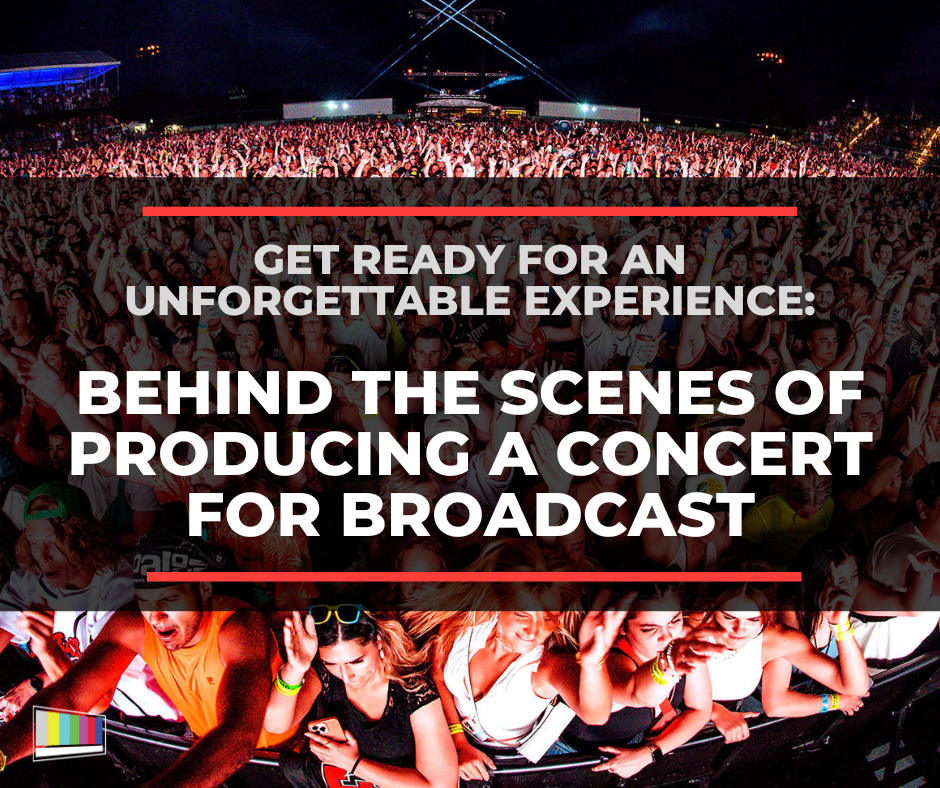
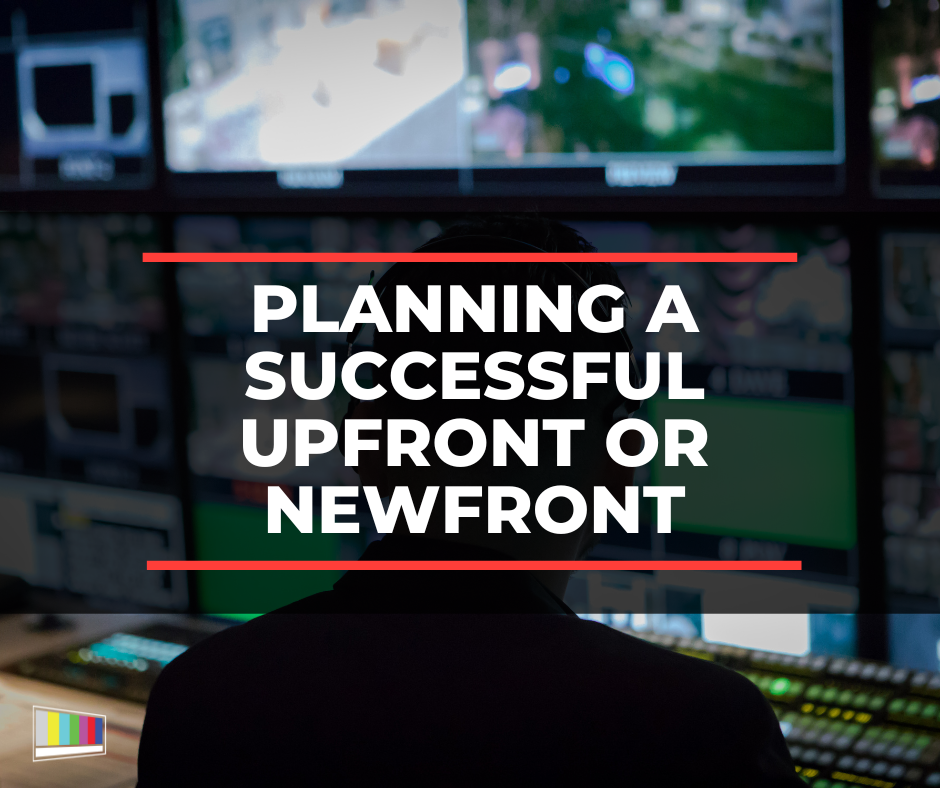


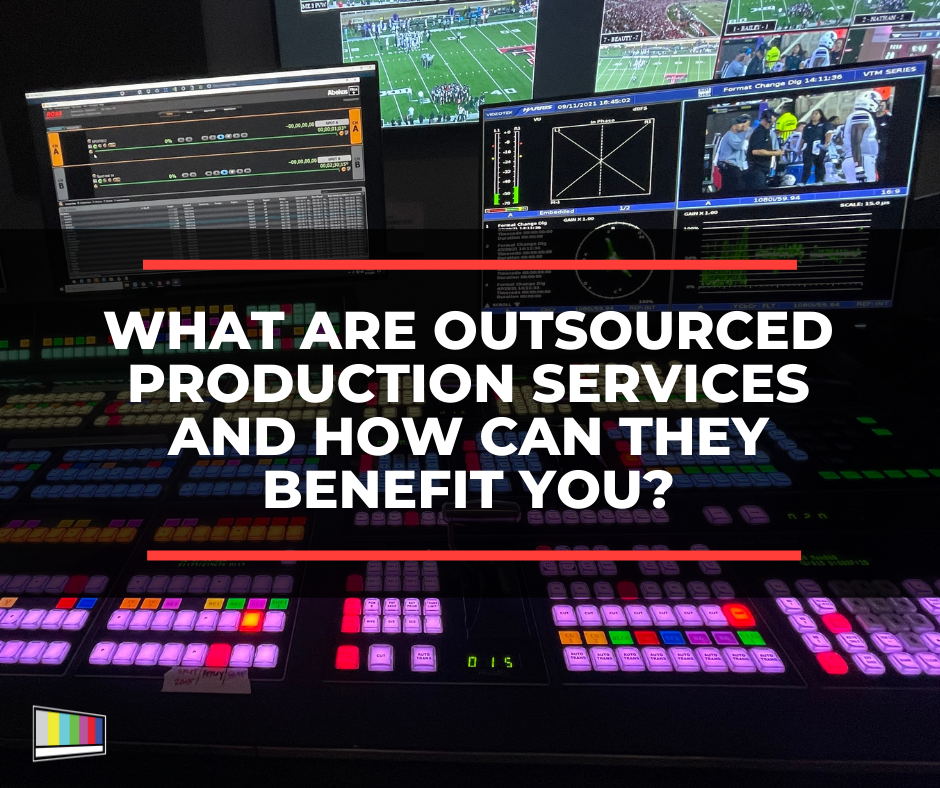

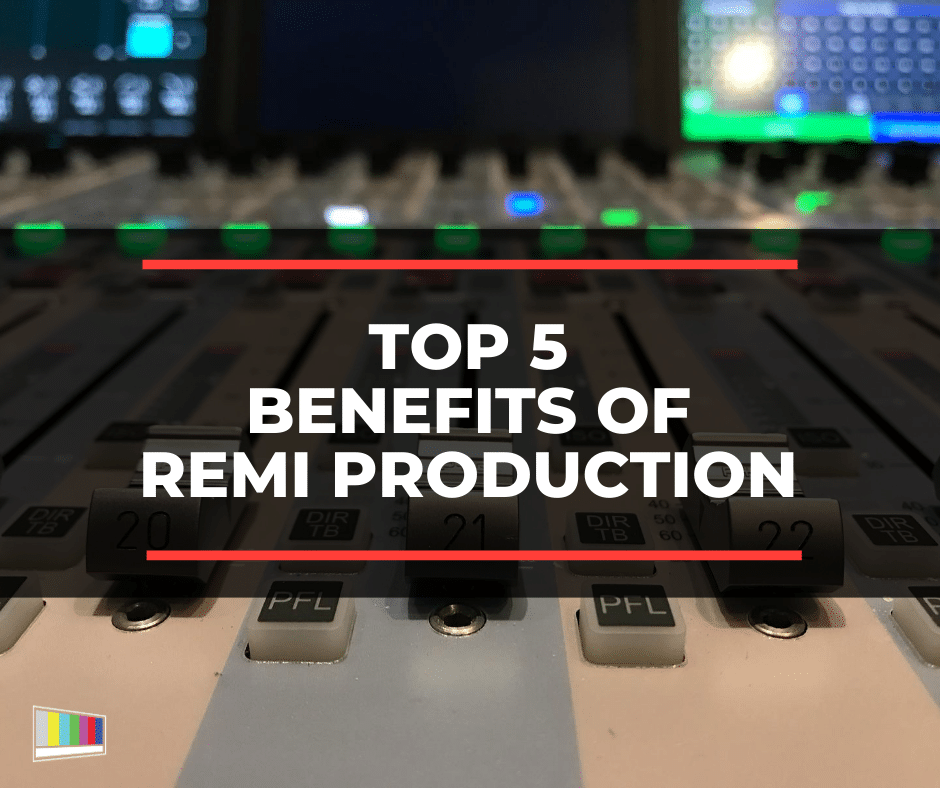
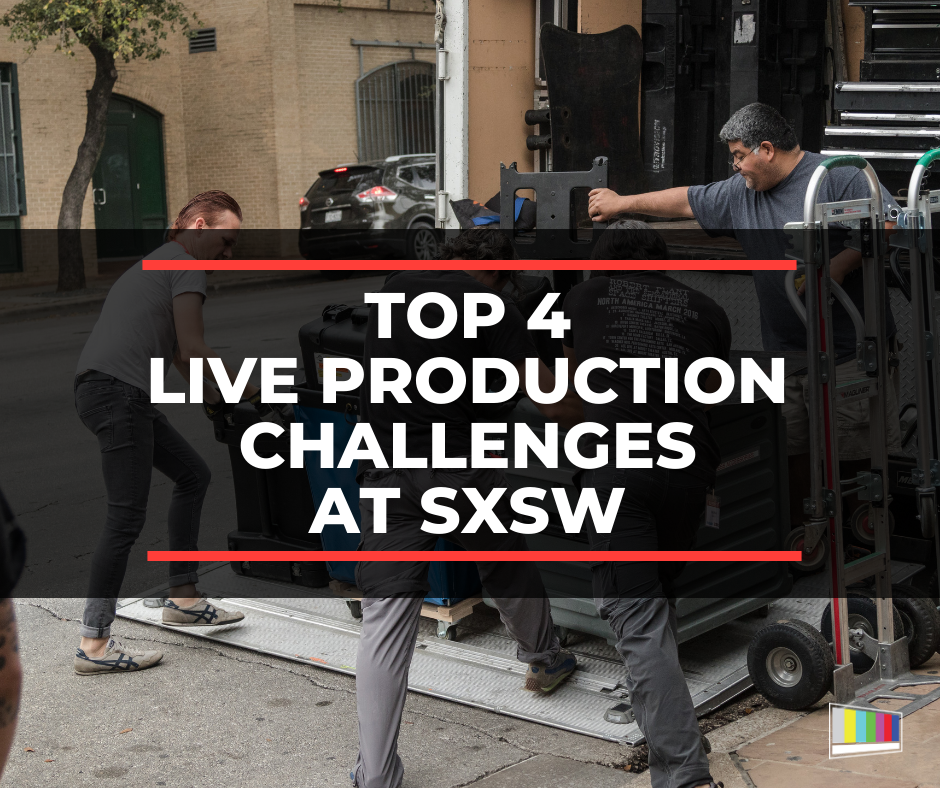




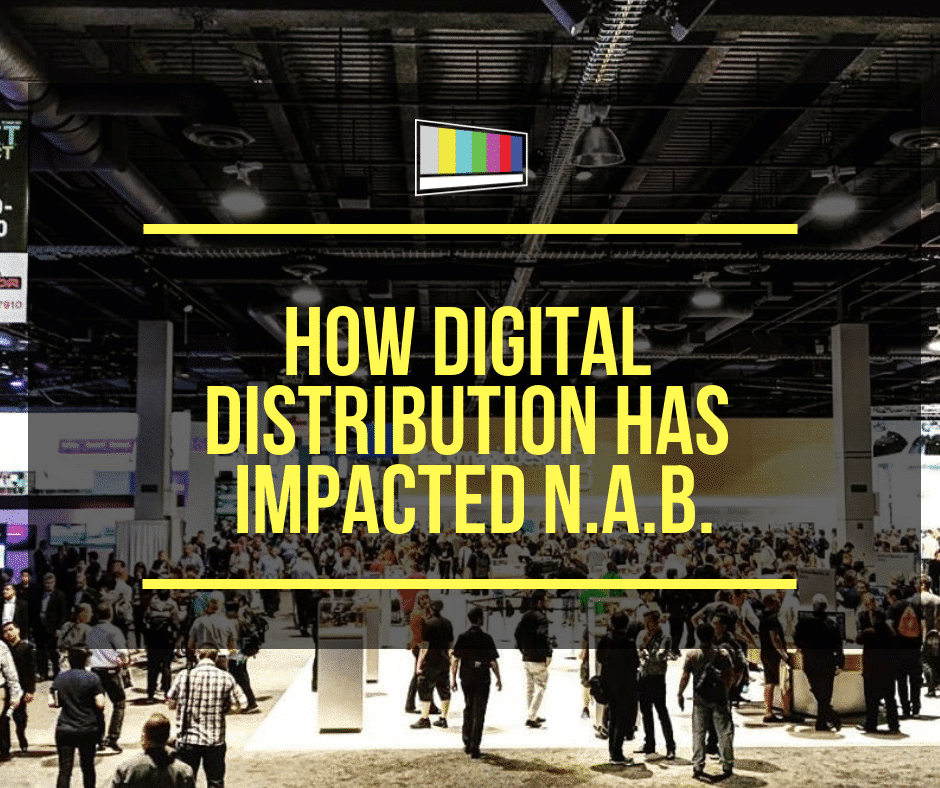
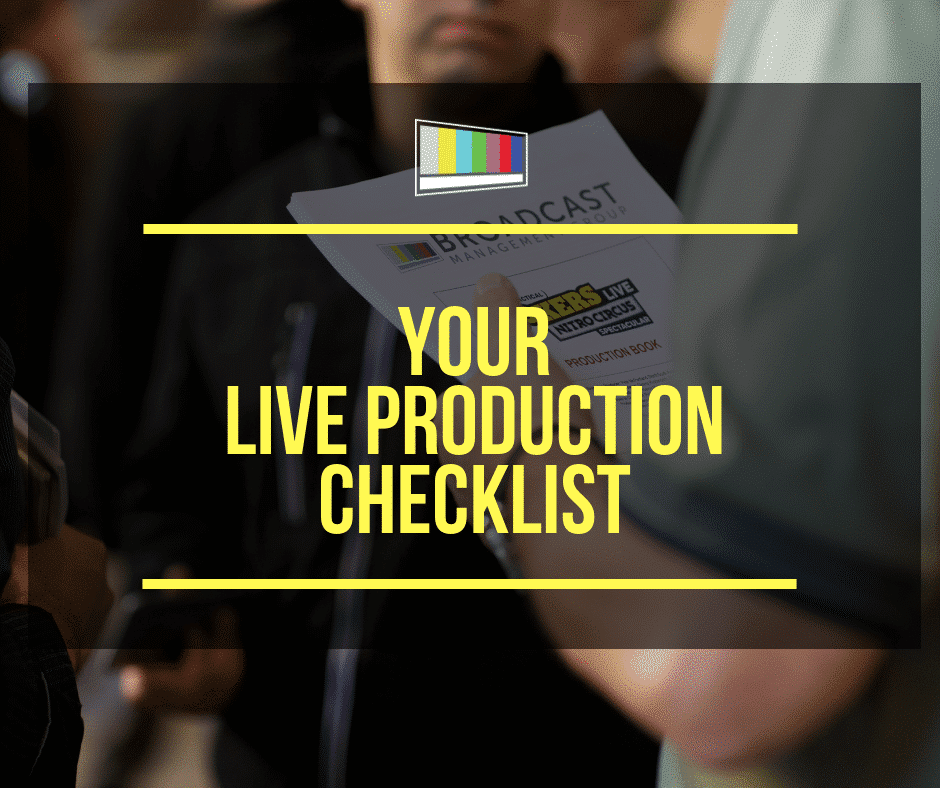
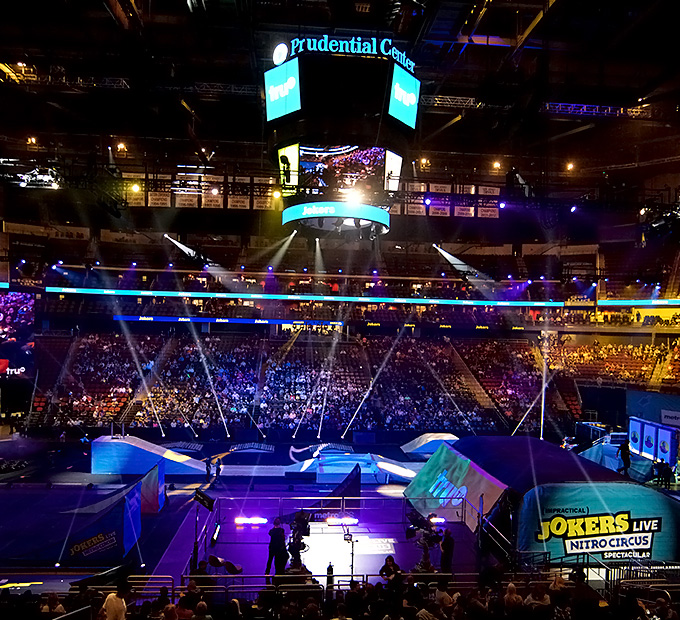

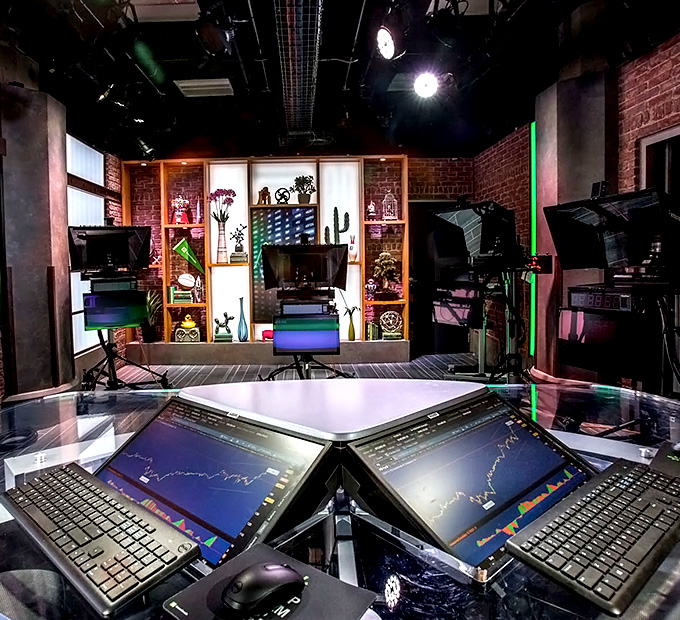

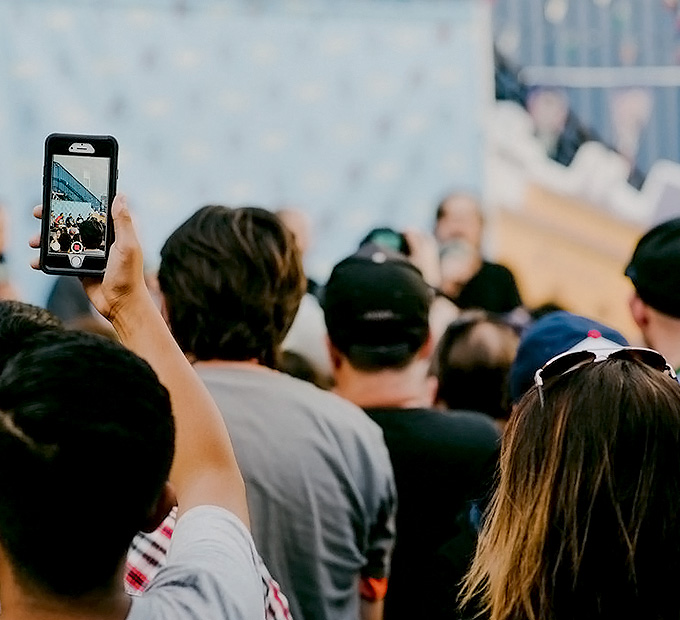
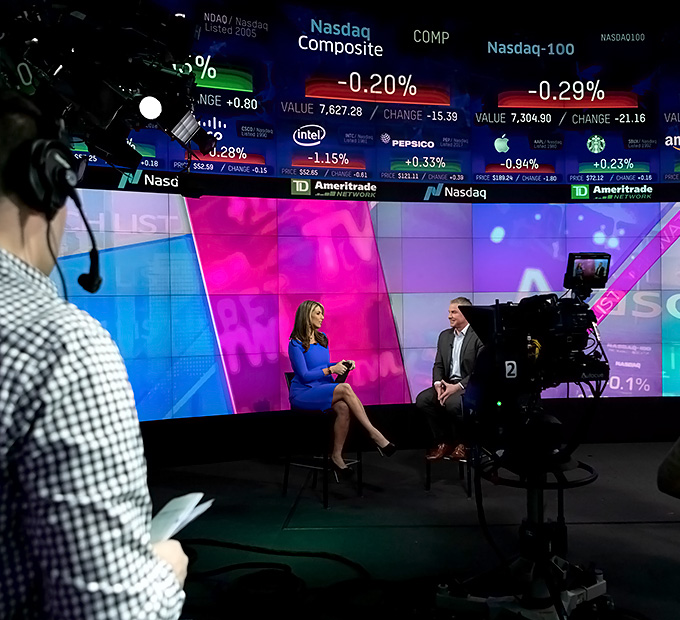
Leave a Reply